The Remarkable Discovery
In December 2023, archaeologists in the Wulong District of Chongqing Municipality, Southwest China, made a remarkable discovery – a tomb dating back to the Western Han Dynasty (202 BC-25 AD). This tomb, exceptionally well-preserved, revealed a treasure trove of valuable historical artifacts, marking a significant find announced by the Chongqing Cultural Relics and Archaeology Research Institute.
A Rescue Excavation Initiative
The tomb’s discovery was part of a larger archaeological project aimed at excavation and preservation, conducted in collaboration with the Baima project associated with the construction of hydropower stations along the Wujiang River. Approved by the National Cultural Heritage Administration, the initiative commenced in March of the same year.
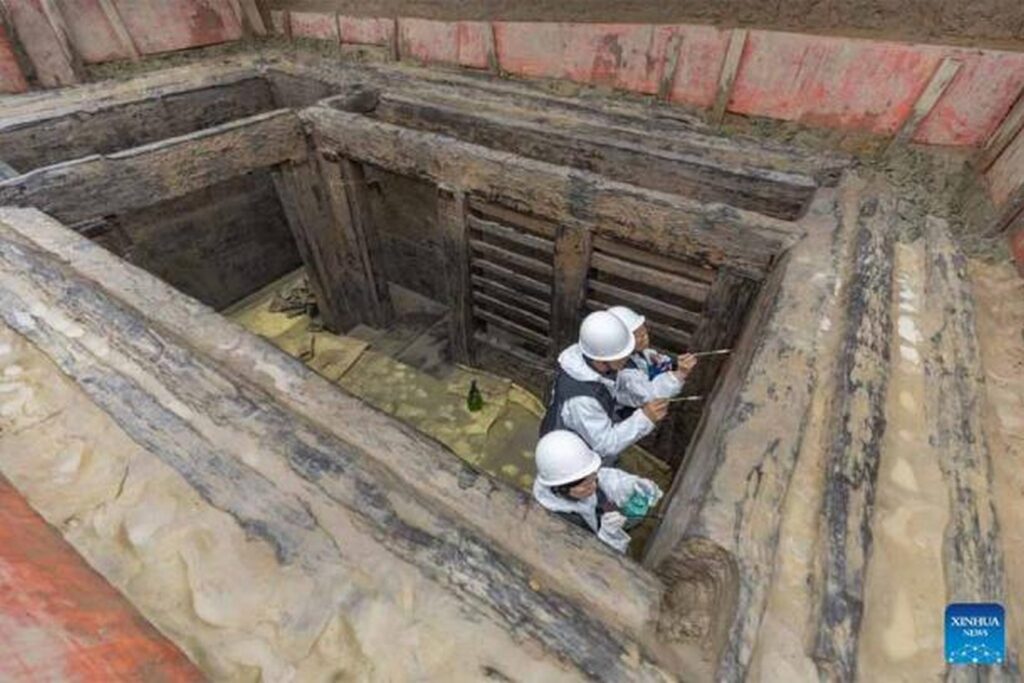
Exploring the Han Dynasty Tomb
Led by Huang Wei, the excavation team, comprising over 20 experts, unearthed a collection of tombs spanning from the Han Dynasty era to the Six Dynasties period. The tomb from the Western Han Dynasty stood out due to its exceptional preservation and the wealth of artifacts found within.
Insights from the Artifacts
More than 600 cultural relics were recovered from the tomb, including lacquerware, woodware, bamboo ware, pottery, and bronze ware. These artifacts offer insights into daily life, art, and culture during the Han Dynasty. The tomb’s year-round waterlogged condition played a crucial role in preserving the artifacts undisturbed.

Treasures of the Han Dynasty
The presence of jade ware suggests that the individual buried in this tomb held a prominent position in society. Notably, this tomb contains the largest quantity of lacquered wood and bamboo wares ever found in the upper reaches of the Yangtze River. It is also the earliest-known tomb from the Western Han Dynasty with a clearly recorded year of burial.
Contributions to Historical Understanding
The findings from this tomb provide invaluable research materials for future studies on burial customs and artifacts from the early Western Han Dynasty. They contribute significantly to our understanding of ancient Chinese history and culture, particularly in the Wujiang River Basin.
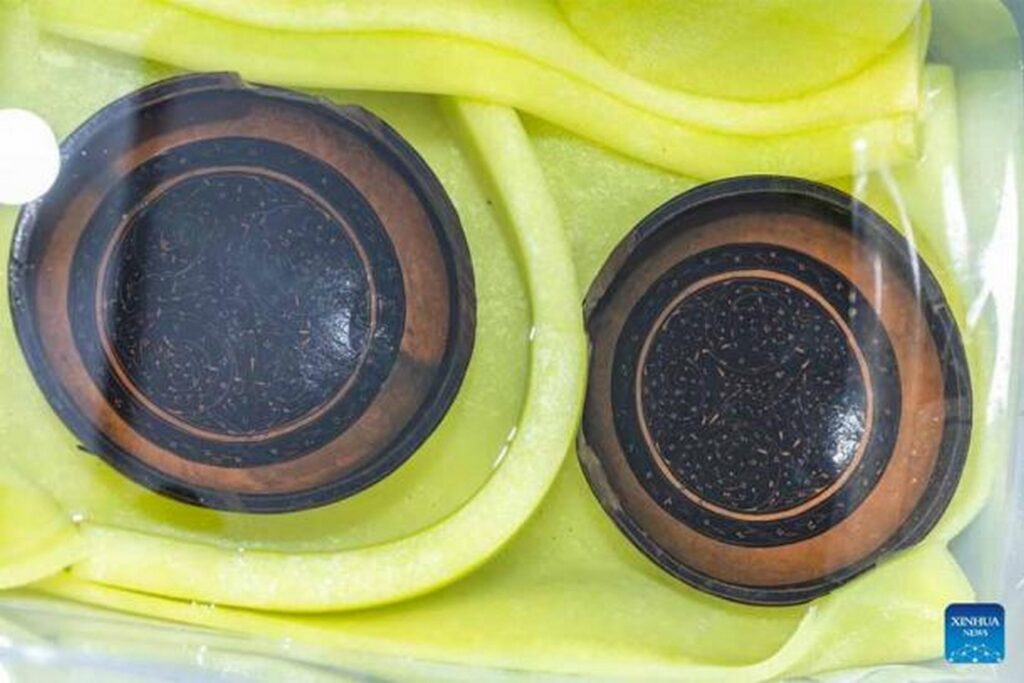
Expanding Knowledge Through Excavation
The excavation and its findings contribute to expanding our knowledge of ancient Chinese history and culture. These artifacts and the tomb itself will serve as crucial resources for ongoing studies and exhibitions, illuminating a period that has shaped much of China’s historical and cultural legacy.


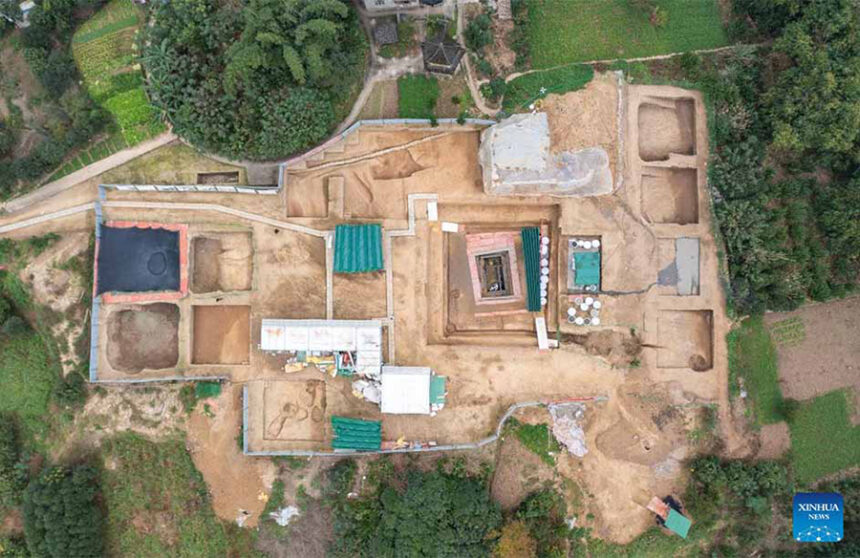
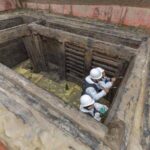
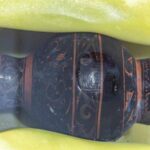



Leave a Reply